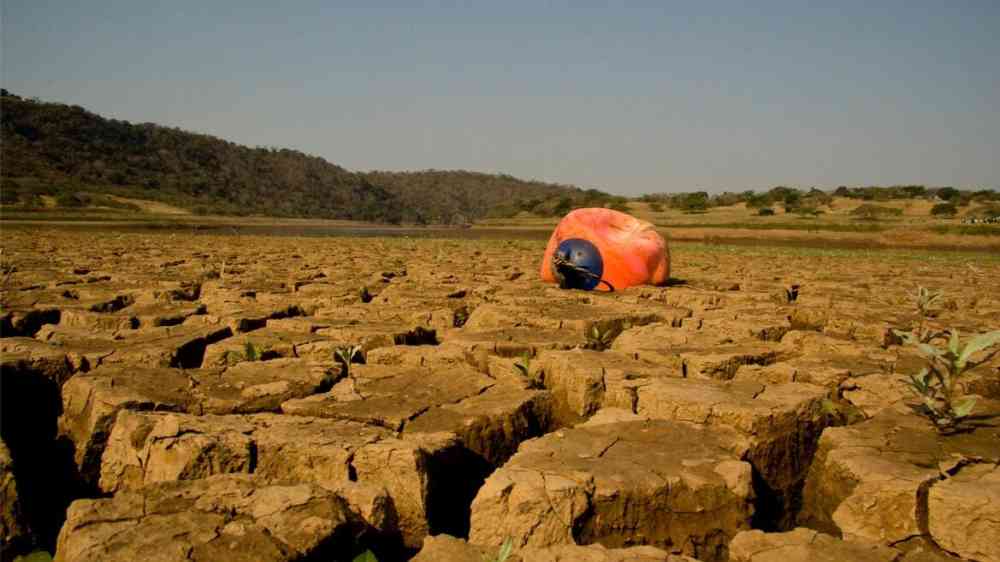Severe drought in Africa persists and is expected to worsen

Large regions in northern, southern, and central-western Africa, as well as northern Madagascar, are experiencing severe drought conditions due to two or more years of lower-than-average rainfall and higher than usual temperatures. These are the findings of a new report from the Copernicus Global Drought Observatory, run by the European Commission's Joint Research Centre (JRC).
The drought conditions have a significant impact on the environment, economies, and societies in the affected regions, threatening food security, agricultural production, and water resources.
Water levels dangerously low
Despite a slight improvement in precipitation in recent months, water resources remain at critical levels in the affected regions. In major river basins, including the Zambezi in central Africa, the lack of rainfall has resulted in reduced river flows in the past year, with severe ecological, economic, humanitarian and social consequences. This situation is likely to continue.
Parts of central Africa, north-west Africa, and north-east Africa are expected to grapple with reduced river flows in the months ahead. The prolonged lack of rain, severe heatwaves, and warmer-than-average conditions expected for the coming months are likely to worsen the situation, which will directly affect agriculture, ecosystems and hydropower production.
The toll on agriculture
The impact of the drought on agriculture is significant, with various regions experiencing below-average agricultural production, reduced crop yields, and increased food insecurity.
Large parts of the Zambezi basin and Madagascar are heavily affected, and satellite measurements reveal vegetation is struggling to grow and thrive across almost all northern regions of Africa, with Morocco and Algeria being particularly affected.
The JRC MARS Bulletin of 24 March 2025 reports that severe dry conditions have damaged crops in Morocco and western Algeria, with yield forecasts at 25% and 6% below average, respectively. However, some Algerian regions have recovered due to rainfall in February.
In addition, according to the GEOGLAM Crop Monitor bulletins, East Africa is experiencing a delayed and below-average start of the Belg rains - the February to May rainfall season in most parts of Ethiopia - adversely affecting the planting, sowing and growing of main cereal crops for this season, such as maize and wheat.
What lies ahead?
This regional outlook shows that drought conditions are expected to persist or worsen in several areas, with below average rains forecast from March to May in East Africa.
Across the continent, temperatures are expected to remain higher than usual in the coming months. While most of northern Africa can expect wetter than average conditions, drier than average conditions are expected to continue over eastern and western Africa. Notably, East Africa's long rain season is forecast to be drier than average, compounding the drought impacts already being felt in the region.
To mitigate the consequences of this drought crisis, close monitoring of the drought evolution and proper water use plans are essential.